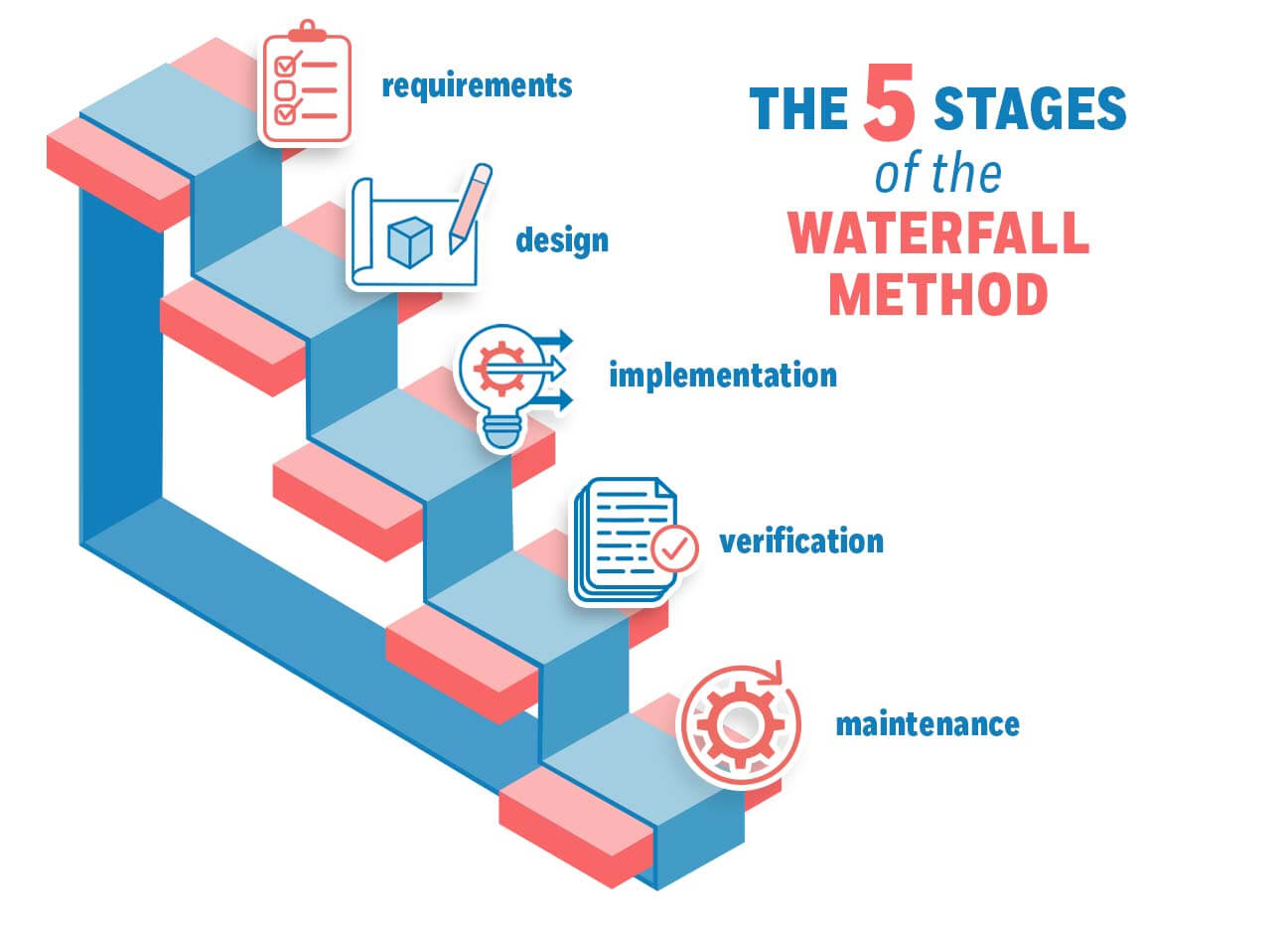If you’re discovering potential project management methodologies for a new project, you might’ve come across a lot of project management jargon. If you aren’t already familiar with them, terms like the waterfall, scrum, agile, lean, and kanban methodologies aren’t immediately digestible. This guide is all about explaining one of these terms: the waterfall methodology, also …
Project Management/
PM Methodologies
Agile project management (APM) is a project philosophy that breaks projects down into iterations or sprints. The purpose is to produce bigger ROI, regular interactions with clients and end-users, and improved delivery of product features. Today, Agile is used in virtually every industry from software development to real estate. Keep reading to learn more about …
One of the most important books in the project manager’s library is the Project Management Book of Knowledge. It contains processes that smooth any aspect of a project, grouped into five process groups or project management phases. While they don’t contain a specific method of organizing a project, they can be used with any sort …
The issue of scope creep has bedeviled project managers since the ancient Egyptians wondered if three pyramids might be more impressive than just one. It isn’t a difficult concept to understand. However, heading off scope creep often requires a great deal of effort and expertise. Key Takeaways: Scope Creep Project scope is the project’s goal …
There is no single agreed-upon definition of project management methodologies. However, in broad strokes, it can be thought of as a set of guidelines, principles, and processes for meeting or exceeding a project’s requirements. Any project management methodology may help you complete a project. That’s not quite the same thing as saying any methodology will …
Right now there is no single more popular topic in (especially in software) projects than Agile. Before I describe what it is, here are the most common misinterpretation of what it is not: it is not a methodology – it is a set of values and principles; it is not a project management ‘method’ – …
A few weeks ago I was assisting a project manager with a troubled project. We reviewed the documentation from the beginning, starting with the usual suspects: project charter, WBS, schedule. They all seemed fairly straightforward and understandable. Once we got to his status reporting though, confusion started. This project’s status reports were spreadsheets about 10 …







